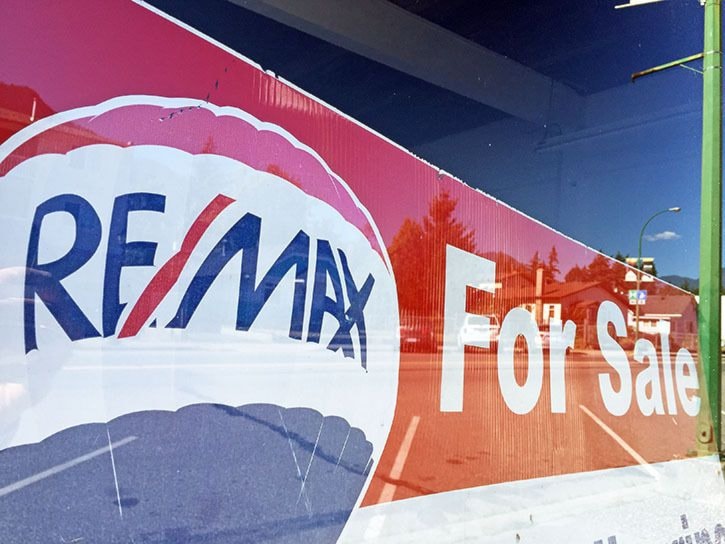Hope’s real estate market is entering into a seasonal slowdown, realtors say.
From August to October, data provided by the Chilliwack and District Real Estate Board show that sales have dropped from a peak of 31 unit sales in August to a low of 11 in October.
Median prices have gone from $280,000 in August to a peak of $292,000 in September and down to $211,000 in October.
“We’ve returned to a more normal market,” said realtor Rob Pellegrino. “We haven’t seen a slowdown that has been out of the ordinary. We’ve just seen it slow down generally for this time for the year.”
In this time frame, buyers had to also face new policies such as the foreign buyer tax and new federal rules that ensure buyers are not overextending on mortgages.
Both Pellegrino and realtor Wayne Dyble agree that the foreign buyer tax had minimal impact on Hope.
Dyble noted that as a result of the tax, foreign money has headed to Toronto or Vancouver Island.
There was some speculation that Hope could see foreign money come to town because of the tax.
More importantly, the new federal rules put into effect Oct. 17 had more impact on Canadian buyers, which cuts into their ability to buy.
Pellegrino explains that the most pertinent rule is one that requires a buyer to qualify for the highest mortgage possible — the five-year rate, currently 4.64 per cent as of Nov. 24— before a buyer could get the lower rates.
“So they’re basically making sure that no one gets stuck years down the road and not being able to pay their mortgage in a rising interest rate environment,” said Pellegrino.
Dyble elaborated that banks, therefore, do not have to loan as much, hedging against bad loans.
“So if rates go up, you can still make the payment. It also saves them from lending as much money on the appraised value,” he said. “Therefore when prices come down, they’ve got a bit more of a blanket of protection there when they foreclose.”
Pellegrino says this cuts off borderline borrowers and could eliminate foreclosures five years from now.
This change is critical because, both realtors note, people in the Lower Mainland move eastwards to seek more affordable homes.
In the one-month period where the new rules have come into effect, Pellegrino has not seen this cascading effect reach Hope.
Dyble expects that those new rules will drive people towards Hope, if they do not want to compromise on home quality in their preferred areas.
“Because if you could not qualify in Chilliwack, maybe you’re going to look in Hope,” said Dyble.
Both realtors also noted that the future for real estate is unpredictable. Dyble believes that many people are undecided on whether to enter the real estate market.
He noted that media consumption might lead people to believe that prices are falling. He also noted that increases in interest rates might signal to people with pre-approved rates to enter the market before their offer of a lower interest rate expires.
Pellegrino noted that some people are worried about the next moves from government policy.
He noted that there is some talk from the Canada Mortgage and Housing Corporation about raising the required down payment for mortgage insurance to 10 per cent.
“That will be huge,” said Pellegrino.
Should those rules change, that will eliminate the ability of buyers with less than 10 per cent down payment from entering the market.
He noted that there is nothing positive in the future that will help people enter the market, and staying undecided is likely the wrong path forward.
Dyble noted that the best time for a clearer picture about Hope’s real estate market would be in the spring as the wintertime decline in Hope’s real estate market might blur trends.
